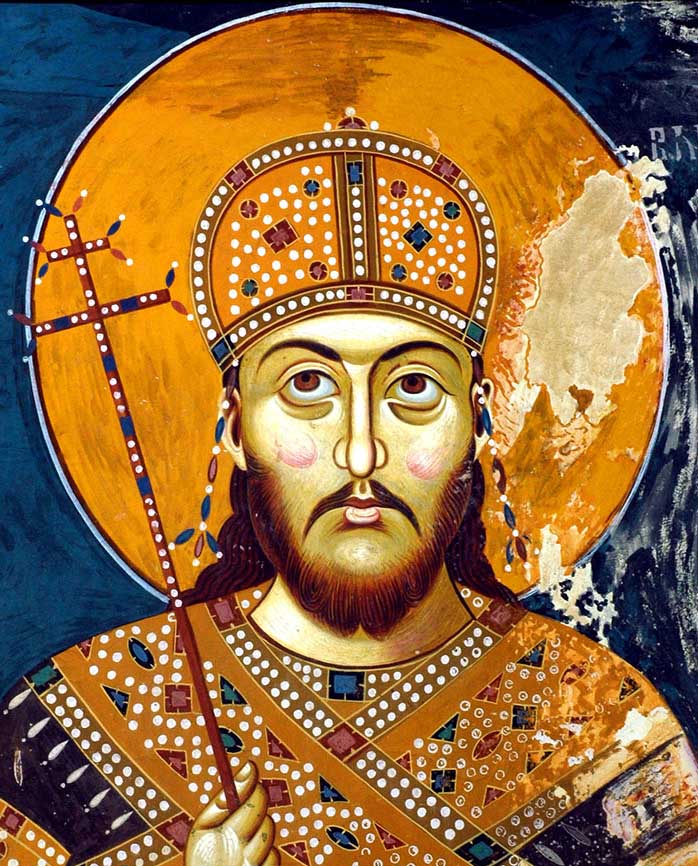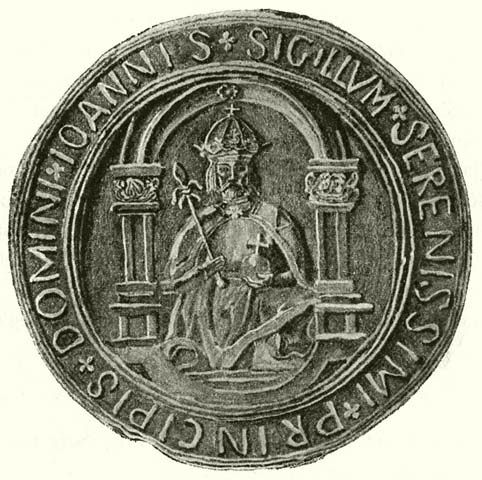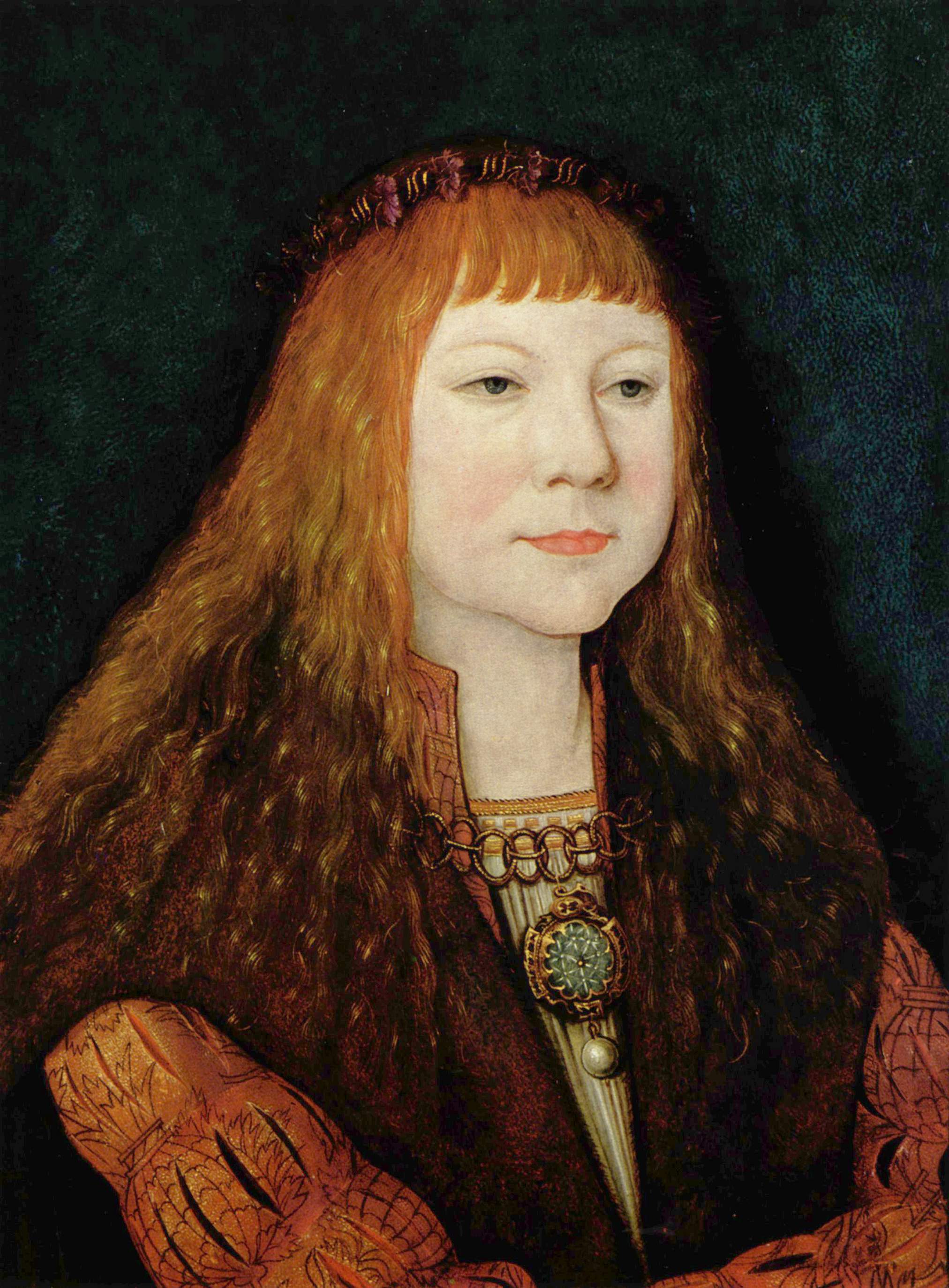|
Emperor Jovan Nenad
Jovan Nenad ( sr-cyr, Јован Ненад; hu, Fekete Iván or ; ca. 1492 – 26 July 1527), known as ''the Black'' was a Serb military commander in the service of the Kingdom of Hungary who took advantage of a Hungarian military defeat at Mohács and subsequent struggle over the Hungarian throne to carve out his own state in the southern Pannonian Plain. He styled himself emperor (tsar). Jovan Nenad is attributed by Serbian historians as the founder of Vojvodina and the leader of the last independent Serbian state before the Ottoman conquest. Origin An ethnic Serb, he was born ca. 1492 in Lipova near the Mureş River in northern Banat (present-day Romania). Other facts about his origins are uncertain; he himself claimed to be "a descendant of Serbian and Byzantine rulers", although other contemporaries thought that he was a descendant of the Serbian despots or that he was a man of low rank. He was of medium height, slender, and highly moral and pious. His contemporaries ca ... [...More Info...] [...Related Items...] OR: [Wikipedia] [Google] [Baidu] |
Emperor Of The Serbs
Between 1345 and 1371, the Serbian monarch was self-titled emperor (tsar). The full title was initially Emperor of the Serbs and Greeks, later Emperor of the Serbs and Greeks and Bulgarians in Serbian and ''basileus'' and '' autokrator'' of Serbia and ''Romania'' Romans"] in Greek language, Greek. This title was soon enlarged into "Emperor and Autocrat of the Serbs and Greeks, the Bulgarians and Albanians". The Serbian Empire was ruled by only two monarchs; Stefan Dušan (r. 1331–1355) and Stefan Uroš V (r. 1355–1371). Two other claimants of the title ruled in Thessaly, Central Greece. Establishment and titles Taking advantage of the Byzantine civil war of 1341–1347 by alternately supporting both sides of the conflict, the Serbian king Stefan Dušan expanded his state southwards, conquering Albania and most of Macedonia by 1345, with the exception of the great fortress cities of Serres and Thessalonica. This growth in power made Serbia the ''de facto'' dominant stat ... [...More Info...] [...Related Items...] OR: [Wikipedia] [Google] [Baidu] |
Romania
Romania ( ; ro, România ) is a country located at the crossroads of Central Europe, Central, Eastern Europe, Eastern, and Southeast Europe, Southeastern Europe. It borders Bulgaria to the south, Ukraine to the north, Hungary to the west, Serbia to the southwest, Moldova to the east, and the Black Sea to the southeast. It has a predominantly Temperate climate, temperate-continental climate, and an area of , with a population of around 19 million. Romania is the List of European countries by area, twelfth-largest country in Europe and the List of European Union member states by population, sixth-most populous member state of the European Union. Its capital and largest city is Bucharest, followed by Iași, Cluj-Napoca, Timișoara, Constanța, Craiova, Brașov, and Galați. The Danube, Europe's second-longest river, rises in Germany's Black Forest and flows in a southeasterly direction for , before emptying into Romania's Danube Delta. The Carpathian Mountains, which cross Roma ... [...More Info...] [...Related Items...] OR: [Wikipedia] [Google] [Baidu] |
Bačka
Bačka ( sr-cyrl, Бачка, ) or Bácska () is a geographical and historical area within the Pannonian Plain bordered by the river Danube to the west and south, and by the river Tisza to the east. It is divided between Serbia and Hungary. Most of the area is located within the Vojvodina region in Serbia and Novi Sad, the capital of Vojvodina, lies on the border between Bačka and Syrmia. The smaller northern part of the geographical area is located within Bács-Kiskun County in Hungary. Name According to Serbian historians, Bačka is a typical Slavic name form, created from "Bač" (name of historical town in Bačka) and suffix "ka" (which designates "the land that belongs to Bač"). The name of " Bač" (Bács) town is of uncertain origin and its existence was recorded among Vlachs, Slavs and Hungarians in the Middle Ages. The origin of the name could be Paleo-Balkanic, Romanian, Slavic, or Old Turkic. According to Hungarian historians, the denominator of the landscap ... [...More Info...] [...Related Items...] OR: [Wikipedia] [Google] [Baidu] |
Danube
The Danube ( ; ) is a river that was once a long-standing frontier of the Roman Empire and today connects 10 European countries, running through their territories or being a border. Originating in Germany, the Danube flows southeast for , passing through or bordering Austria, Slovakia, Hungary, Croatia, Serbia, Romania, Bulgaria, Moldova, and Ukraine before draining into the Black Sea. Its drainage basin extends into nine more countries. The largest cities on the river are Vienna, Budapest, Belgrade and Bratislava, all of which are the capitals of their respective countries; the Danube passes through four capital cities, more than any other river in the world. Five more capital cities lie in the Danube's basin: Bucharest, Sofia, Zagreb, Ljubljana and Sarajevo. The fourth-largest city in its basin is Munich, the capital of Bavaria, standing on the Isar River. The Danube is the second-longest river in Europe, after the Volga in Russia. It flows through much of Central and Sou ... [...More Info...] [...Related Items...] OR: [Wikipedia] [Google] [Baidu] |
Tisza
The Tisza, Tysa or Tisa, is one of the major rivers of Central and Eastern Europe. Once, it was called "the most Hungarian river" because it flowed entirely within the Kingdom of Hungary. Today, it crosses several national borders. The Tisza begins near Rakhiv in Ukraine, at the confluence of the White Tisa and Black Tisa, which is at coordinates 48.07465560782065, 24.24443465360461 (the former springs in the Chornohora mountains; the latter in the Gorgany range). From there, the Tisza flows west, roughly following Ukraine's borders with Romania and Hungary, then shortly as border between Slovakia and Hungary, later into Hungary, and finally into Serbia. It enters Hungary at Tiszabecs. It traverses Hungary from north to south. A few kilometers south of the Hungarian city of Szeged, it enters Serbia. Finally, it joins the Danube near the village of Stari Slankamen in Vojvodina, Serbia. The Tisza drains an area of about and has a length of Its mean annual discharge is seas ... [...More Info...] [...Related Items...] OR: [Wikipedia] [Google] [Baidu] |
Ferdinand I, Holy Roman Emperor
Ferdinand I ( es, Fernando I; 10 March 1503 – 25 July 1564) was Holy Roman Emperor from 1556, King of Bohemia, King of Hungary, Hungary, and List of rulers of Croatia, Croatia from 1526, and Archduke of Austria from 1521 until his death in 1564.Milan Kruhek: Cetin, grad izbornog sabora Kraljevine Hrvatske 1527, Karlovačka Županija, 1997, Karslovac Before his accession as Emperor, he ruled the Erblande, Austrian hereditary lands of the Habsburgs in the name of his elder brother, Charles V, Holy Roman Emperor. Also, he often served as Charles' representative in the Holy Roman Empire and developed encouraging relationships with German princes. In addition, Ferdinand also developed valuable relationships with the German banking house of Jakob Fugger and the Catalan bank, Banca Palenzuela Levi Kahana. The key events during his reign were the conflict with the Ottoman Empire, which in the 1520s began a great advance into Central Europe, and the Protestant Reformation, which resul ... [...More Info...] [...Related Items...] OR: [Wikipedia] [Google] [Baidu] |
John Zápolya
John Zápolya or Szapolyai ( hu, Szapolyai/ Zápolya János, hr, Ivan Zapolja, ro, Ioan Zápolya, sk, Ján Zápoľský; 1490/91 – 22 July 1540), was King of Hungary (as John I) from 1526 to 1540. His rule was disputed by Archduke Ferdinand I, who also claimed the title King of Hungary. He was Voivode of Transylvania before his coronation, from 1510 to 1526. Rise of the Szápolya family John was the oldest son of Count Stephen Zápolya and his second wife, Hedwig of Cieszyn. Stephen Zápolya was descended from a Croatian noble family from Slavonia. Their family name was derived from the Croatian phrase "za polje" (literally translated as "behind field"). Stephen became one of the wealthiest lords in the Kingdom of Hungary after inheriting the large domains of his brother, Emeric Zápolya, in 1487. Stephen Zápolya's marriage with the Silesian duchess, Hedwig, who was related to Emperor Maximilian I, increased the prestige of the Zápolya family. Habsburg-Jagiellon ... [...More Info...] [...Related Items...] OR: [Wikipedia] [Google] [Baidu] |
Transylvania
Transylvania ( ro, Ardeal or ; hu, Erdély; german: Siebenbürgen) is a historical and cultural region in Central Europe, encompassing central Romania. To the east and south its natural border is the Carpathian Mountains, and to the west the Apuseni Mountains. Broader definitions of Transylvania also include the western and northwestern Romanian regions of Crișana and Maramureș, and occasionally Banat. Transylvania is known for the scenery of its Carpathian landscape and its rich history. It also contains Romania's second-largest city, Cluj-Napoca, and other iconic cities and towns such as Brașov, Sibiu, Târgu Mureș, Alba Iulia and Sighișoara. It is also the home of some of Romania's List of World Heritage Sites in Romania, UNESCO World Heritage Sites such as the villages with fortified churches in Transylvania, Villages with fortified churches, the Historic Centre of Sighișoara, the Dacian Fortresses of the Orăștie Mountains and the Rosia Montana Mining Cultural Landsc ... [...More Info...] [...Related Items...] OR: [Wikipedia] [Google] [Baidu] |
Habsburg Monarchy
The Habsburg monarchy (german: Habsburgermonarchie, ), also known as the Danubian monarchy (german: Donaumonarchie, ), or Habsburg Empire (german: Habsburgerreich, ), was the collection of empires, kingdoms, duchies, counties and other polities that were ruled by the House of Habsburg, especially the dynasty's Austrian branch. The history of the Habsburg monarchy can be traced back to the election of Rudolf I as King of Germany in 1273 and his acquisition of the Duchy of Austria for the Habsburg in 1282. In 1482, Maximilian I acquired the Netherlands through marriage. Both realms passed to his grandson and successor, Charles V, who also inherited the Spanish throne and its colonial possessions, and thus came to rule the Habsburg empire at its greatest territorial extent. The abdication of Charles V in 1556 led to a division within the dynasty between his son Philip II of Spain and his brother Ferdinand I, who had served as his lieutenant and the elected king of Hungary and ... [...More Info...] [...Related Items...] OR: [Wikipedia] [Google] [Baidu] |
Kingdom Of Hungary (1526–1867)
The Kingdom of Hungary between 1526 and 1867 existed as a state outside the Holy Roman Empire, but part of the lands of the Habsburg monarchy that became the Austrian Empire in 1804. After the Battle of Mohács in 1526, the country was ruled by two crowned kings (John Zápolya, John I and Ferdinand I, Holy Roman Emperor, Ferdinand I). Initially, the exact territory under Habsburg rule was disputed because both rulers claimed the whole kingdom. This unsettled period lasted until 1570 when John Sigismund Zápolya (John II) abdicated as King of Hungary in Maximilian II, Holy Roman Emperor, Emperor Maximilian II's favor. In the early stages, the lands that were ruled by the Habsburg Hungarian kings were regarded as both the "Kingdom of Hungary" and "Royal Hungary". Royal Hungary was the symbol of the continuity of formal law after the Ottoman occupation, because it could preserve its legal traditions, but in general, it was ''de facto'' a Habsburg province.Raphael PataThe Jews of Hun ... [...More Info...] [...Related Items...] OR: [Wikipedia] [Google] [Baidu] |
Louis II Of Hungary
Louis II ( cs, Ludvík, hr, Ludovik , hu, Lajos, sk, Ľudovít; 1 July 1506 – 29 August 1526) was King of Hungary, Croatia and Bohemia from 1516 to 1526. He was killed during the Battle of Mohács fighting the Ottomans, whose victory led to the Ottoman annexation of large parts of Hungary. Early life At his premature birth in Buda on 1 July 1506, the court doctors kept him alive by slaying animals and wrapping him in their warm carcasses as a primitive incubator. He was the only son of Vladislaus II Jagiellon and his third wife, Anne of Foix-Candale. Coronation Vladislaus II took steps to ensure a smooth succession by arranging for the boy to be crowned in his own lifetime; the coronation of Louis as king of Hungary took place on 4 June 1508 in Székesfehérvár Basilica, and his coronation as king of Bohemia was held on 11 March 1509 in St. Vitus Cathedral in Prague. King of Hungary and Croatia In 1515 Louis II was married to Mary of Austria, granddaughter of Empero ... [...More Info...] [...Related Items...] OR: [Wikipedia] [Google] [Baidu] |
History Of The Czech Lands
The history of the Czech lands – an area roughly corresponding to the present-day Czech Republic – starts approximately 800,000 years BCE. A simple chopper from that age was discovered at the Red Hill ( cz, Červený kopec) archeological site in Brno. Many different primitive cultures left their traces throughout the Stone Age, which lasted approximately until 2000 BCE. The most widely known culture present in the Czech lands during the pre-historical era is the Únětice Culture, leaving traces for about five centuries from the end of the Stone Age to the start of the Bronze Age. Celts – who came during the 5th century BCE – are the first people known by name. One of the Celtic tribes were the Boii (plural), who gave the Czech lands their first name ''Boiohaemum'' – Latin for ''the Land of Boii''. Before the beginning of the Common Era the Celts were mostly pushed out by Germanic tribes. The most notable of those tribes were the Marcomanni and traces of their wars wit ... [...More Info...] [...Related Items...] OR: [Wikipedia] [Google] [Baidu] |









